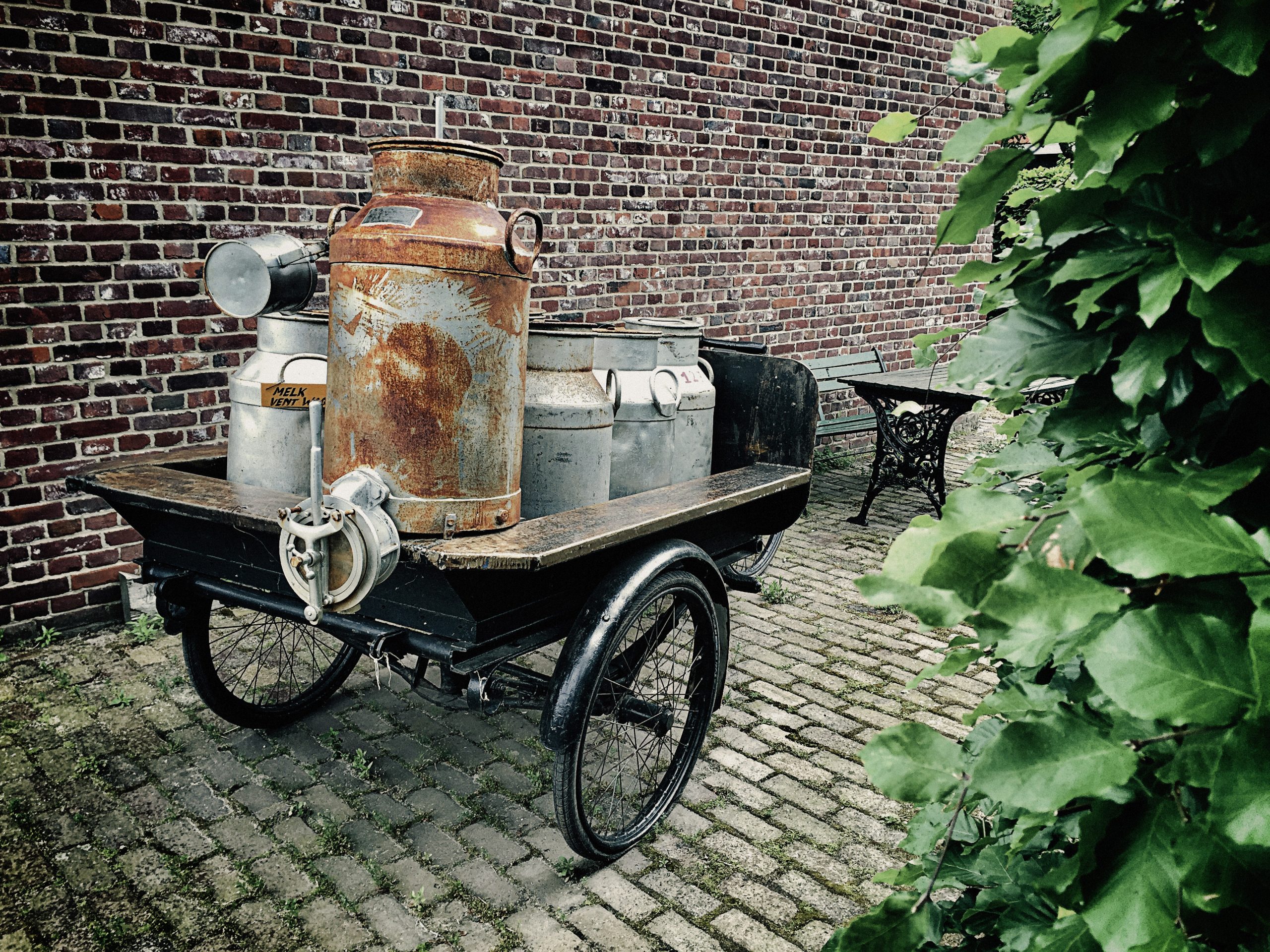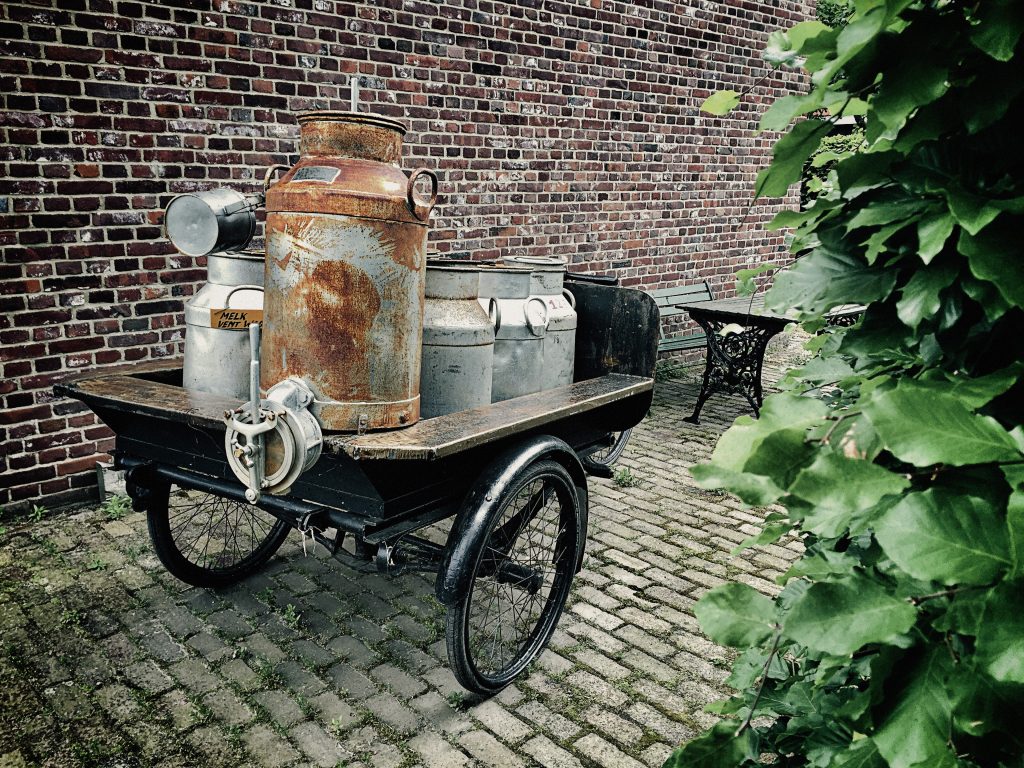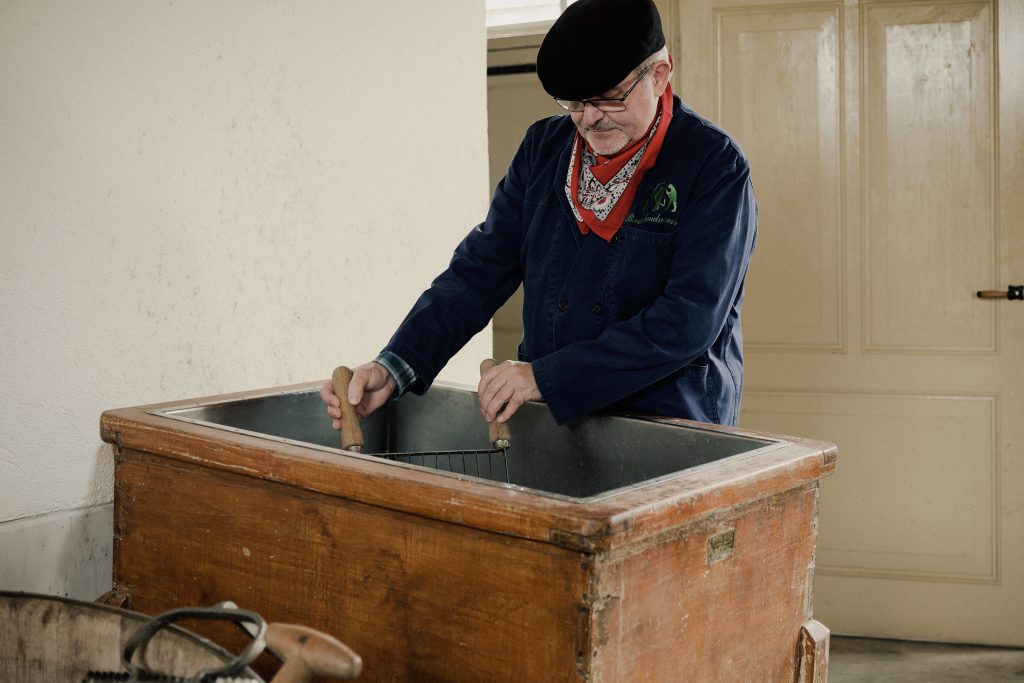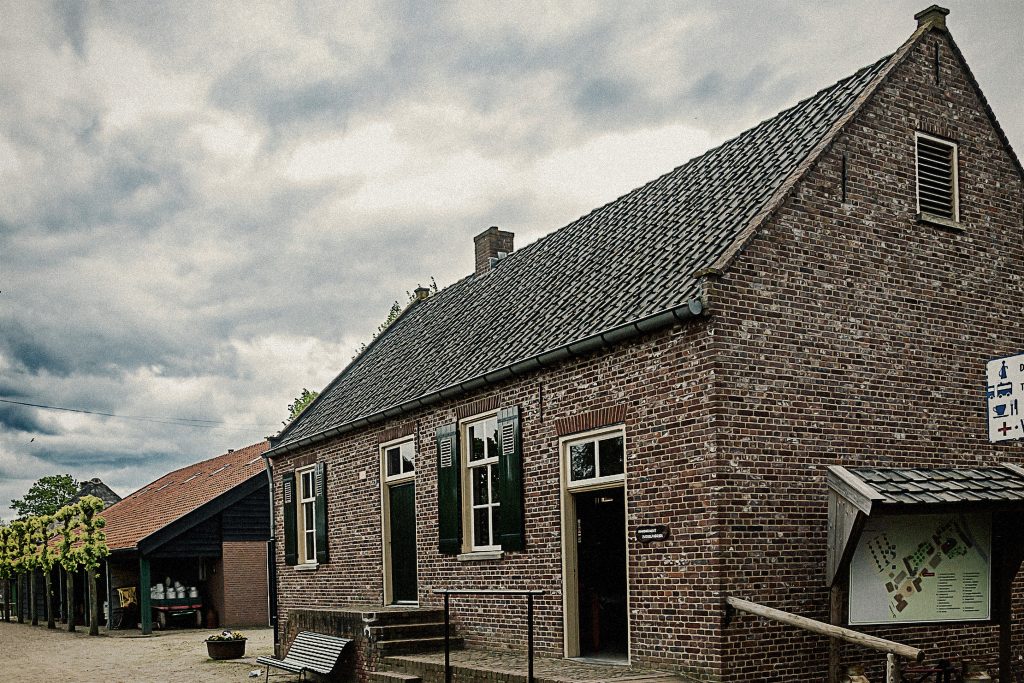
Cheese making
Discover the craft of traditional cheese making as it was done between 1875 and 1940! Demonstrations will be given on how cheese is brought from milk to maturation and taste the authentic flavours of artisanal cheese.
-
7 September
-
13:00h-17:00h
-
Free admission
-
On Sept 7 & 14, part of the museum is closed due to “De Boer op.” Admission is free on these days.
The Netherlands is known for its cheese. Cheese has been made according to traditional basic principles for centuries and these are passed on from generation to generation.
Cheese is made from fresh milk that has been heated briefly (pasteurization). A starter culture and rennet are added to the milk. This causes the proteins to coagulate and a solid substance is created. This is called curd. The curd floats in liquid. The liquid is called ‘whey’. The whey also contains milk sugar, minerals and fat. The curd particles are put in a barrel and pressed together. This causes even more liquid to leak out of the curd. The whey is drained. The still granular curd is collected in a round barrel and is pressed firmly into it. This gives the cheese its round shape.
This afternoon, in the manual dairy factory, it will be explained and demonstrated how this process works.
Making cheese
About 6,000 years ago, nomads discovered by chance that cheese is made when milk is stored in the stomachs of calves for a long time. Since then, the process of making cheese has evolved.
Between 1875 and 1940, traditional cheese production began with the early morning milking of cows. The fresh milk was collected in large milk cans. After collection, the milk was heated and rennet, often obtained from the stomachs of young calves, was added. This rennet helped the milk to curdle, separating the solids, the curds, from the liquid portion, the whey.
The curdled milk was carefully cut with a cheese knife to help the curds expel more whey. The curds were then put into molds and pressed to remove even more whey, an important step in the final texture and shelf life of the cheese. After pressing, the cheeses were placed in a brine bath to salt, which helped preserve and develop flavor. Finally, the cheeses were taken to the cellar, where they sometimes remained for months to years to develop the right flavor and texture.




